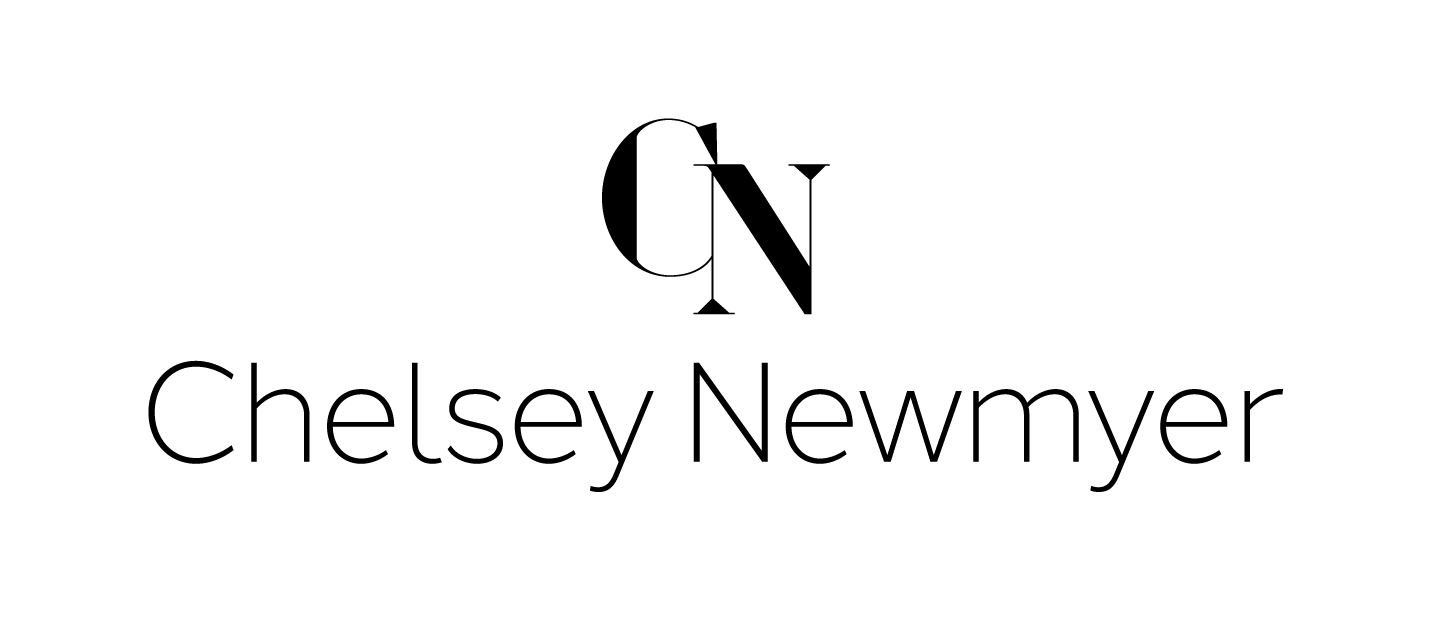How To Customize The Time-Blocking Strategy To Work For You
In today's fast-paced world, managing time efficiently is a constant challenge. Time blocking, a strategic time management technique, offers a solution by breaking your day into dedicated blocks for specific tasks. This method not only enhances productivity but also brings structure, focus, and balance to your daily routine.
Unveiling the Power of Time Blocking
Boosting Productivity: One of the primary advantages of time blocking is its ability to enhance productivity. By dedicating specific time blocks to particular tasks, distractions are minimized, focus is maintained, and consequently, more work gets completed in less time.
Reducing Decision Fatigue: Planning the day in advance minimizes decision fatigue. Knowing what tasks need attention and when allows for a smoother, more directed workflow.
Balancing Work and Life: Integrating personal activities within time blocks helps maintain a healthy work-life balance, preventing burnout and enhancing overall well-being.
Enhancing Accountability: When time is blocked out for tasks, there's a heightened sense of commitment and accountability, leading to better task completion rates.
Managing Realistic Expectations: Time blocking enables a realistic assessment of what can be accomplished within a given timeframe, preventing overwhelming to-do lists.
Customizing Your Time-Blocking Strategy
1) Identify Peak Productivity Hours: Recognize and capitalize on your most productive hours. You ensure that your energy is channeled effectively by scheduling critical tasks during these periods.
2) Prioritize Tasks: Use frameworks like the Eisenhower matrix to categorize tasks, prioritizing based on urgency and importance.
3) Adopt Task Approach: Embrace the "Eat the Frog" approach or the "Runway" approach. Eating the frog involves tackling the most challenging task first, while the runway approach involves warming up with simpler tasks to ease into the day.
4) Experiment and Adjust: Productivity is personal. Experiment with different time blocking methods and schedules to find what works best for you. Be adaptable and open to adjusting your approach based on changing needs and priorities.
5) Allow Buffer Time: Always provide buffer time between tasks. This ensures flexibility and accommodates unforeseen events or last-minute changes.
6) Incorporate Breaks: Scheduling short breaks is crucial for rejuvenation and maintaining focus throughout the day. Leave white space in your calendar for unexpected tasks or changes to prevent overwhelming schedules.
Fine-Tuning Your Time-Blocking Strategy
I do not recommend blocking your schedule out months in advance. It's just really hard to know and to be able to predict what's coming your way. I recommend a few days in advance or even the night before.
I also don't recommend that you time block by task. What I mean by that is I see some people schedule, and it's like 1000 colors because they have, you know, email Sally Joe from 9 to 930, and then from 930 to 10, they have another really specific task. That's not time-blocking. That's using your schedule as a to-do list. It's not the same thing.
Conclusion: Tailoring Time Blocking for Optimal Results
Customizing the time-blocking strategy to fit individual preferences and needs is the key to unlocking its full potential. By blending the core principles of time blocking with personal adjustments, one can truly harness its power to enhance productivity, maintain a work-life balance, and streamline daily routines.
In summary, time blocking, when tailored to an individual's unique style and requirements, can be a transformative tool for maximizing productivity and achieving a more balanced and fulfilling life.
Free Resources For You
Grab Chelsey’s free guide on Understanding Procrastination.
Schedule a free 30-minute consultation call with Chelsey so that you can create a booked-out business without burnout.
Connect with Chelsey Newmyer
Website: https://chelseynewmyer.com/
Instagram: @chelseyncoaching

